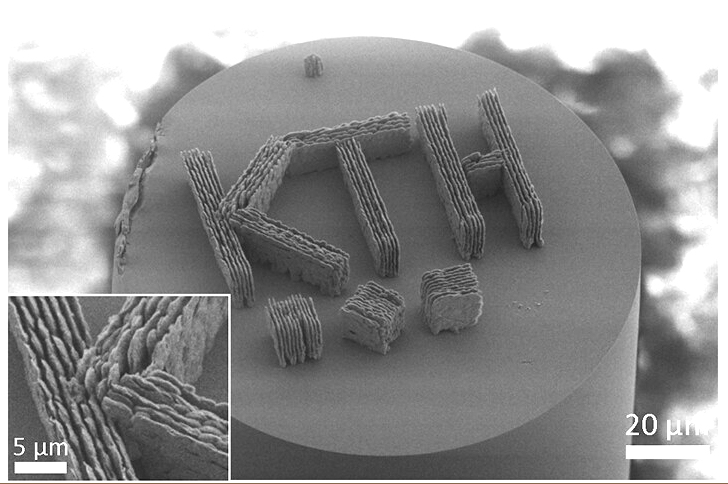Researchers at KTH Royal Institute of Technology in Stockholm have developed an advanced method to 3D print silica glass sensors directly onto optical fiber tips. This technique circumvents the need for high-temperature treatments, which can compromise the integrity of temperature-sensitive fiber coatings.
Published in the journal ACS Nano, the research showcases the ability to create highly resilient glass sensors that significantly outperform traditional plastic-based sensors. These sensors, integrated onto fiber tips, can measure the concentration of organic solvents—a challenging task for polymer-based sensors due to the corrosiveness of these solvents.
The sensors are exceptionally small, with more than 1,000 fitting on the surface area of a single grain of sand. This size reduction opens new possibilities for applications in environmental monitoring and healthcare. Additionally, the researchers successfully demonstrated the printing of nanogratings, which are ultra-small patterns etched onto surfaces at the nanometer scale. These structures are used to manipulate light with high precision and hold potential for advancements in quantum communication.

The ability to 3D print complex and arbitrary glass structures directly on fiber tips is poised to drive significant advancements in microfluidic devices, MEMS accelerometers, and fiber-integrated quantum emitters. Professor Kristinn Gylfason emphasized that this technique bridges the gap between 3D printing and photonics, presenting extensive possibilities for future technological developments across various fields.
By enabling the direct integration of silica glass optical devices with optical fibers, this method enhances sensor resilience and precision, offering robust performance in challenging environments. The implications for production in pharmaceuticals and chemicals, along with environmental and healthcare monitoring, are substantial and far-reaching.
You can read the research paper, titled “3D Printing of Glass Micro-Optics with Subwavelength Features on Optical Fiber Tips” at this link.

